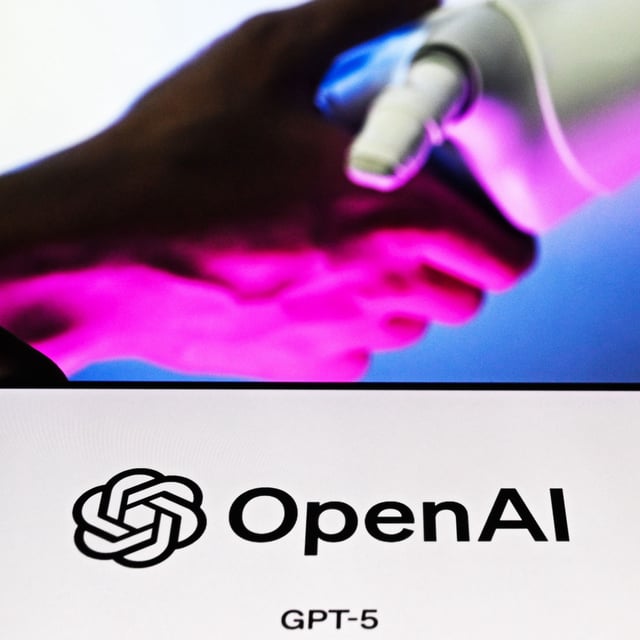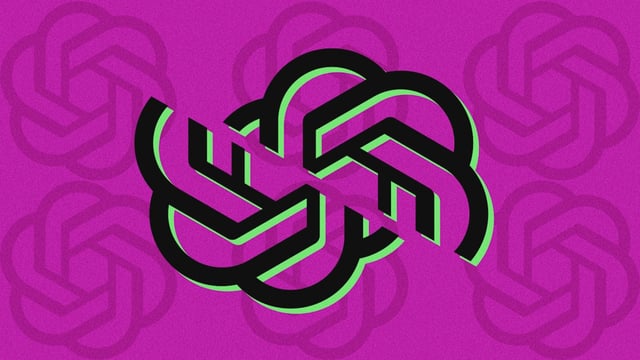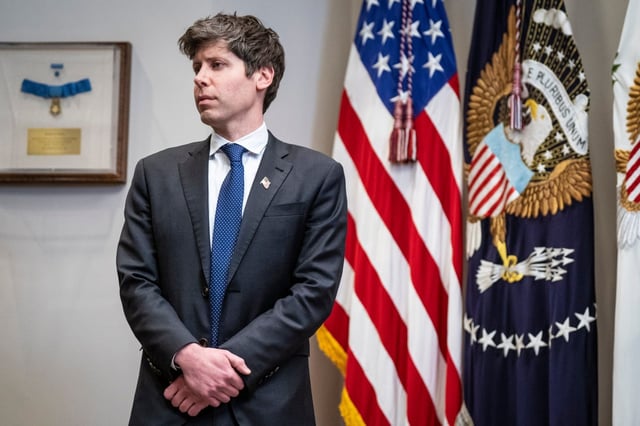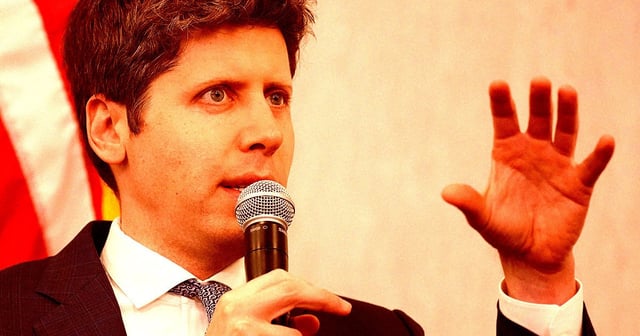Overview
- CEO Sam Altman acknowledged rollout mistakes, restored access to the warmer GPT-4o for paid users, and pushed a tone update that makes GPT-5 sound less robotic.
- OpenAI introduced tighter mental‑health safeguards, including limiting therapeutic-style advice, reducing sycophancy, prompting breaks in long chats, and developing tools to detect emotional distress.
- Hugging Face researchers reported GPT-5 set fewer boundaries on sensitive prompts and referred users to human help less often than the prior o3 model, fueling safety concerns.
- Altman said GPT-6 is already in development with greater memory and personalization goals and a shorter timeline than GPT-5, though GPU capacity could constrain deployment.
- Oracle integrated GPT-5 across its databases and SaaS suites such as Fusion, NetSuite, and Oracle Health, with Microsoft also bringing the model to 365 Copilot and Azure AI for enterprise workflows.



